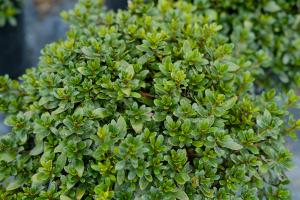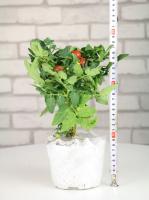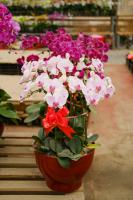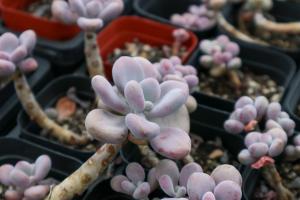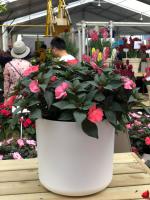Why Put Potted Plants in Chicken Coop
For most chicken owners, the scent of a chicken coop is an undeniable fact of life. The overwhelming odors associated with chickens can cause irritation not only to the owner, but also to the fowl's health. While there are plenty of solutions to this problem, one of the most effective methods of reducing bad odors and creating a more comfortable living space for chickens is by incorporating potted plants into the chicken coop.
The Benefits of Using Potted Plants in a Chicken Coop
There are several benefits of using potted plants in a chicken coop. To begin with, plants are natural air purifiers that absorb toxins and chemicals, releasing fresh oxygen into the air in return. This means that having potted plants around your chicken coop can help combat the unpleasant scent of ammonia and other odors associated with chicken coops, keeping the air inside cleaner and more pleasant. In addition, plants also provide shade and cooling for chickens in hot weather, which can help the chickens feel more comfortable and relaxed. They can also help regulate humidity levels, which can be especially important in crowded or poorly ventilated coops.
The Best Plants to Use in a Chicken Coop
Not all plants are equally suitable for a chicken coop environment. Some plants can be toxic to chickens, while others may not be able to withstand the unpredictable temperatures and humidity levels of a coop. However, there are several plant species that have proven to thrive in chicken coops and can provide multiple benefits to the coop and its inhabitants. Some of the best plants to use in a chicken coop include:
1. Mint: Mint is a natural insect repellent that can help keep mites and other pests away from chickens, while also providing a fresh scent to the coop.
2. Lavender: Lavender is also known for its insect-repelling properties, and its calming scent can help soothe chickens, reducing stress levels.
3. Marigold: Marigold plants contain thymol, a substance that has antimicrobial and antifungal properties. This can help prevent the growth of harmful pathogens in the coop.
4. Nasturtium: Nasturtium is another natural pest-repellent that can help keep flies, caterpillars, and other insects away from chickens.
The Importance of Proper Plant Placement
It's important to place potted plants strategically in a chicken coop to maximize their benefits. In general, plants should be placed where chickens can access them without damaging the plants. Additionally, they should be placed in areas where they can receive adequate sunlight and moisture, which will help them thrive and continue to provide benefits over time. Finally, planting a variety of species can help increase the diversity of benefits provided, as different plants can provide different benefits to chickens and the coop environment.
Conclusion
Incorporating potted plants into a chicken coop can provide a multitude of benefits for both the chickens and their owners. By reducing unpleasant odors, regulating temperature and humidity, and providing a natural method of insect control, potted plants can help create a more comfortable and healthy environment for chickens to live in. Additionally, the plants themselves can add a touch of natural beauty to an otherwise drab and functional area. With the right selection of plant species and a little bit of planning, chicken coops can be transformed into vibrant and comfortable living spaces that both chickens and their owners can enjoy.

 how many times do yo...
how many times do yo... how many planted tre...
how many planted tre... how many pine trees ...
how many pine trees ... how many pecan trees...
how many pecan trees... how many plants comp...
how many plants comp... how many plants can ...
how many plants can ... how many plants and ...
how many plants and ... how many pepper plan...
how many pepper plan...
